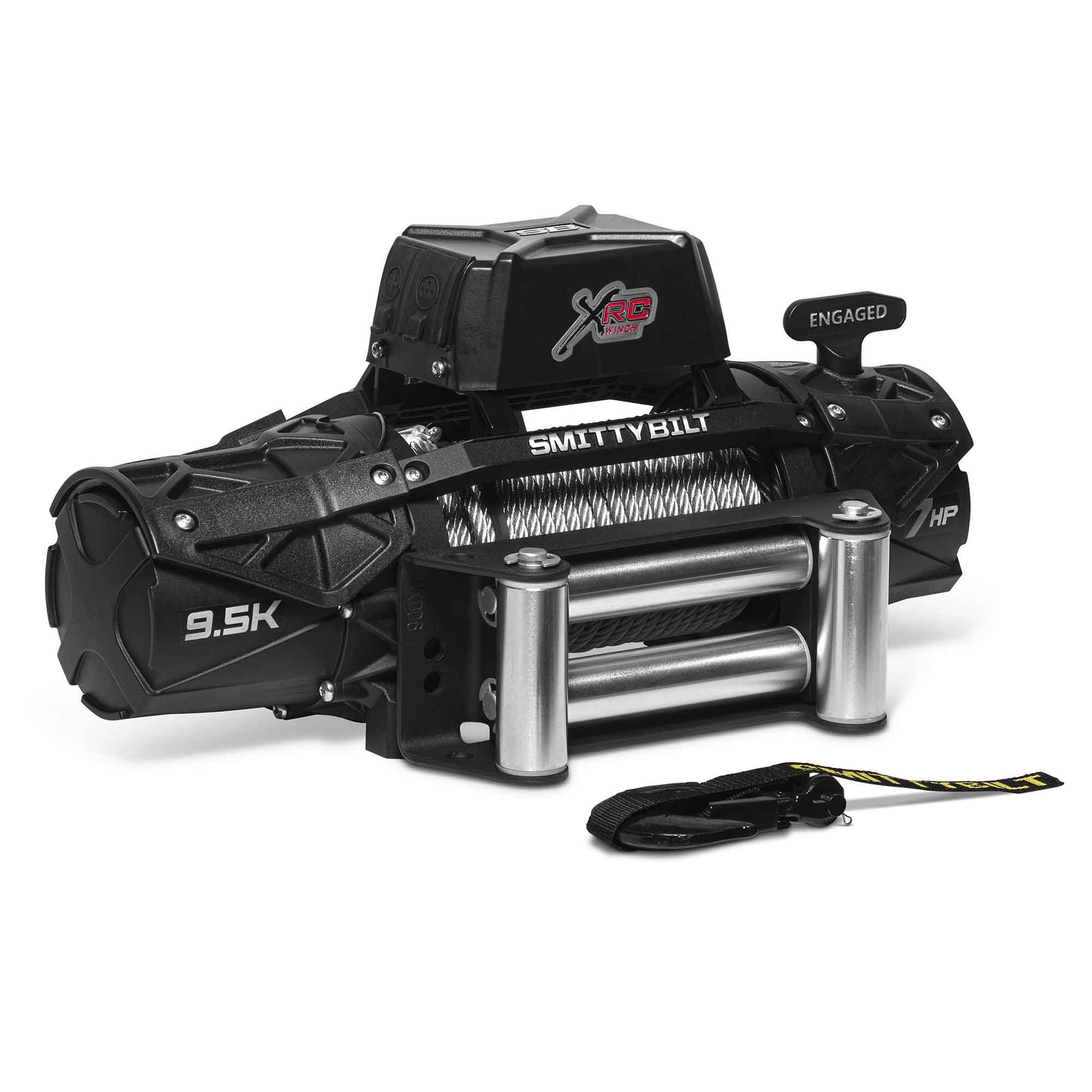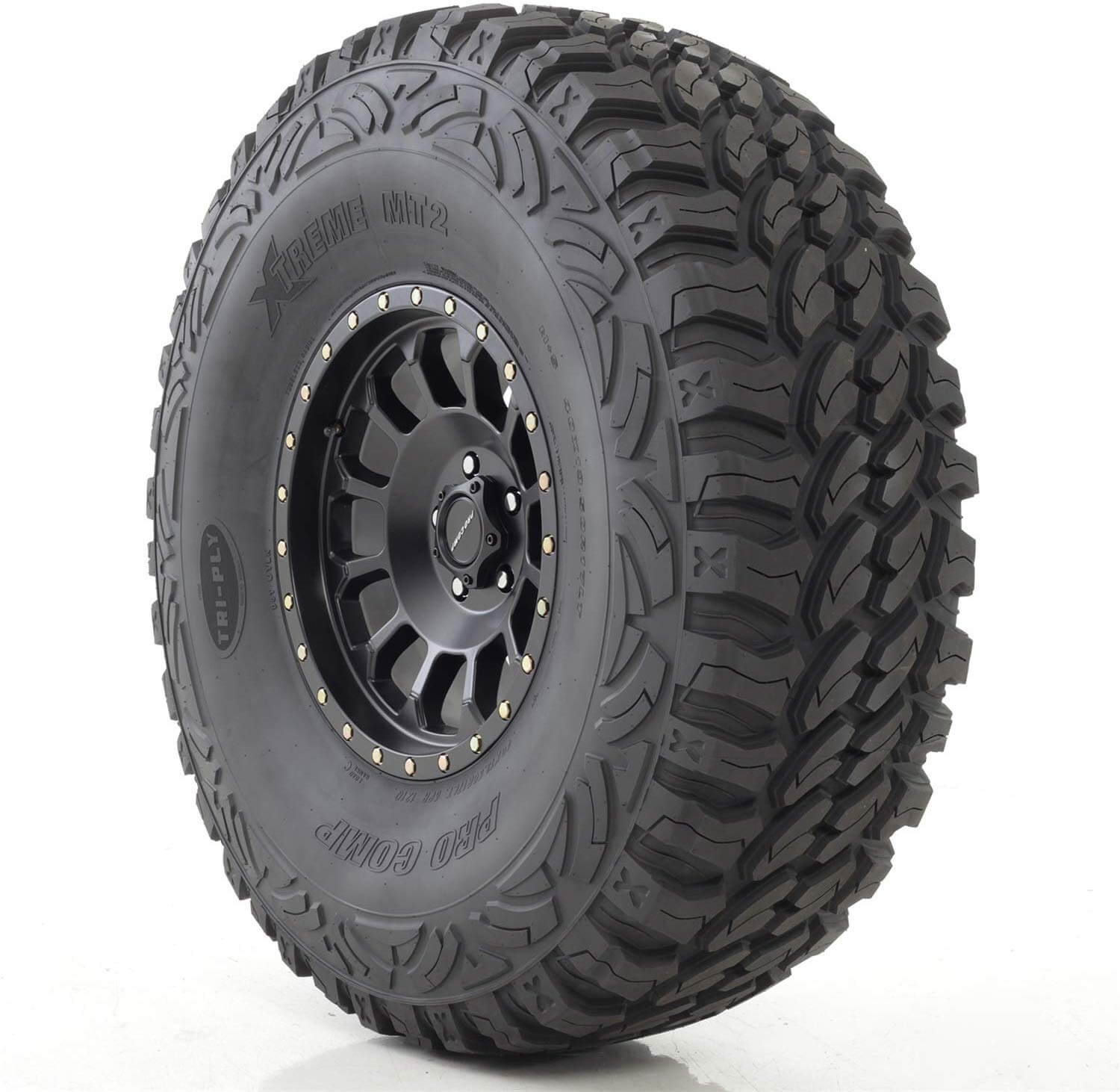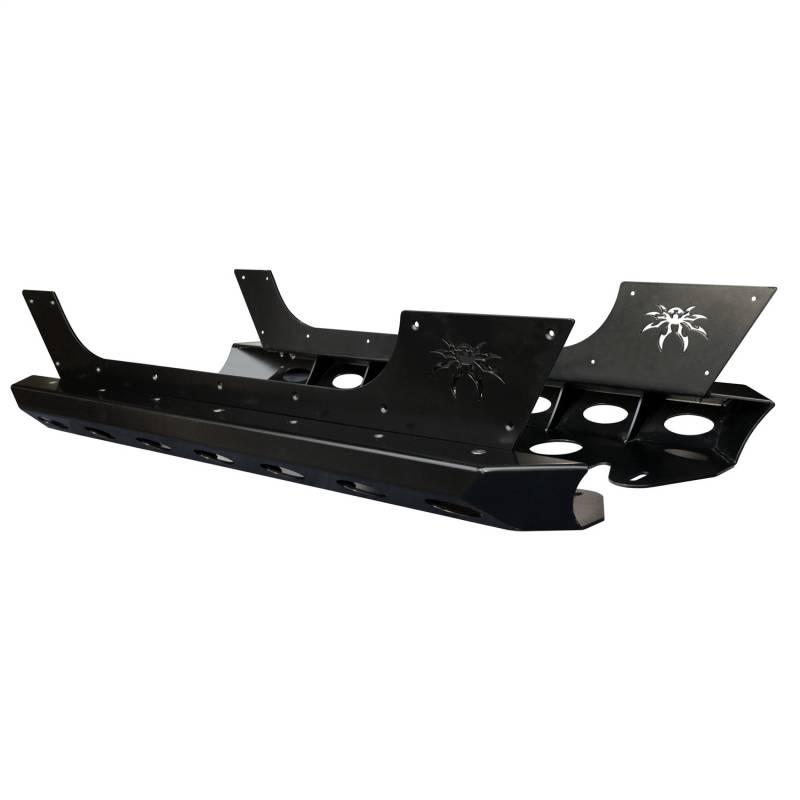
Even with this going for it, there is no doubt the Gladiator could use a few modifications. That is where we come in. Having spent some miles in the Gladiator, there are some modifications we think you should consider. We’ve done all the homework for you and have compiled the top 10 modifications we would make to a 2020 Jeep Gladiator. Of course, your trim level matters. We considered the Rubicon model, but we also kept the slightly less off-road savvy Sport, Sport S, and Overland models in mind too. It’s time to start spinning wrenches. Here’s what to add to your JT.

Recovery Strap
If we’ve said it once, we’ve said it a million times. Every 4×4 that sees dirt or snowy roads needs a recovery strap on board. This is especially true of the Gladiator. It offers some of the best factory tow points in the industry. Even the non-optioned lower-trim level Sport and Sport S have at least three recovery points. These include two open hooks up front and one open hook in the rear. A well-equipped Rubicon model could have as many as five recovery points if ordered with a hitch.
With all those recovery points, you should have the recovery rope to make use of them, even if it’s only to save your buddy’s bacon. A traditional nylon recovery strap is great for slower tugs. But if you frequent deep mud, sand, and snow, consider a kinetic style recovery strap for your Gladiator. The kinetic recovery strap will stretch and is less harsh on recovery pints and drivetrain parts during hard pulls. The stored kinetic energy in the stretched recovery rope will help pop the stuck vehicle from its temporary grave.
Trailer Brake Controller
Early press materials indicated that the Gladiator would be available with a factory trailer brake controller. Well, that hasn’t happened as of this writing. This is a real bummer if you plan to tow. Especially if your JT has the Max Tow package that is ready to pull a 7,650-pound trailer. Fortunately, the aftermarket has come to the rescue. There are many different wired brake controllers available. But if you’re not into tapping into your new Jeep factory wiring harness, don’t worry, we got you covered. The Curt Echo wireless trailer brake controller can mate to any vehicle with a 7-way trailer connector, including the 2020 Gladiator. It plugs directly into your factory Gladiator 7-way trailer connector and is wirelessly controlled by your smartphone via Bluetooth. Technology to the rescue.

The rocker area of the Gladiator is longer than any Wrangler ever available. This makes it susceptible to damage. Proper rocker protection will help avoid an expensive repair at the body shop.
Dead Pedal
Have you been off-road in your Gladiator yet? You would think the Jeep engineers skipped off-road comfort class day because the Gladiator doesn’t have a dead pedal. This might not seem like a big deal, but a dead pedal helps to support yourself over rough terrain. Most 4x4s have some sort of dead pedal support platform for the driver’s left leg.
Interestingly enough, a dead pedal is also missing from the JL Wrangler. It’s an easy fix, though. Mountain Off Road Enterprises offers a stout bolt-in steel dead pedal for the Jeep Gladiator. With it, you can stomp yourself into a stable position and focus on the terrain ahead, rather than worry about bobbling around the cab.
Rocker Guards
The most common off-road body damage is a squished or dented rocker panel. Inconveniently enough, this area is also one of the more difficult and expensive to repair. A severely crushed rocker panel can keep the doors from opening and closing properly as well. Sturdy aftermarket rocker guards are cheap insurance that protects against this kind of damage. The factory Rubicon rocker guards only do an okay job of protecting your Jeep. The optional factory steps found on other models decrease valuable off-road ground clearance and will fold when making contact with off-road obstacles.
The aftermarket has a solution. Many aftermarket rocker guards feature additional protruding bars or steps that keep logs, dirt berms, and rocks away from your paint and body metal. They can even fend off runaway shopping carts in parking lots and careless people that attempt to slam open their car door into your shiny new Jeep. With the proper rocks sliders, these individuals’ reward will be their own door dent. You’ll have little more than a minor scratch in your defending rocker guard.
Bigger Tires
By far, the most popular modification made to the Gladiator will be the installation of larger, more aggressive tires and aftermarket wheels. Aftermarket wheels provide a unique look and the proper tires can improve vehicle performance in a variety of on-road and off-road conditions. Fortunately, like most 4x4s, the Gladiator will allow for the bolt-on installation of tires that are two to three sizes larger than stock without any other modifications. The factory Rubicon 285/70R17 tires can be easily made to fit Sport, Sport S and Overland trim Gladiator models. The Rubicon can comfortably fit up to 35×12.50 tires when driven only on-road. When stepping up into larger tire sizes, a lift kit will be required. Dabbling in the 37-inch and larger diameter tire world will generally require axle swapping if you off-road regularly and want to maintain overall vehicle reliability.
Better Shocks
Like most vehicles, the Jeep Gladiator’s factory shocks are tuned to fit the driving needs of the majority of drivers. Since many people leave their Jeeps stock and do not add additional weight, the factory shocks leave a lot to be desired. Aftermarket shocks are better able to control the higher unsprung weight of bigger tires and wheels as well as added cargo weight. Savvy Gladiator owners will want to steer into adjustable shocks that allow the driver to tune them to the desired performance and weight conditions. When you’re commuting to work with an empty bed during the week, you can lighten up the shock valving for a smoother ride. Then, when you need to tow a boat or haul camping gear a trail, you can firm up the valving.
Products we used in this article
Lift Kit
Every Jeep Gladiator rolls off of the assembly line in a nose-down position for better aerodynamics and fuel economy. But, for many of us, it just doesn’t look good and we want to add room for larger, more aggressive tires anyway. You can cure this hunchback stance with either a leveling kit or a complete lift kit if you want significantly larger tires. Leveling kits for the Gladiator only modify the front suspension and generally provide 1.5-2 inches of lift. Full lift kits are available to provide the room needed for up to 40-inch tires. No matter which way you go, the Gladiator underbelly will thank you for the better off-road ground clearance.
Skid Plates
All trim levels of the Jeep Gladiator come with some factory skid plating, the most complete of which is on the Rubicon. In most cases, the OE skidplates and factory cross members use very thin sheet metal. The sheet metal skid plates easily deform under the weight of the Gladiator. If you frequent rocks, log strewn trails, and riverbeds, you’ll likely want some extra protection underneath. Companies like Rubicon Express offer heavy-duty skid plating comprised of 3/16-inch steel plate. Look for a skid plate protection package that covers the engine oil pan, transmission, transfer case, and fuel tank.

The Rubicon and Overland trim levels feature a winch ready front bumper. All you have to add is the winch mount kit and an electric recovery winch. Look for a winch with at least 8,000-9,000 pounds of pulling capacity for the Gladiator.
LED Off-Road Lights
The winter months and driving off-road at night can make for low visibility conditions. Shedding a little more light on the subject will help keep you on the road or trail. Quality LED off-road lights produce a bright white-hot light. They can be easily added to your Gladiator, especially if you have the factory optional auxiliary switch bank. More than half of the wiring is already in place for you. Adding aftermarket lights, in this case, is nearly a simple plug and play installation. They can mount to the bumper, cowl, or windshield frame with aftermarket light brackets that don’t require any drilling.
Recovery Winch
Gladiator owners that like to travel off-road alone, go further up the trail, and have friends that always need help should consider a recovery winch. Adding an electric winch to your Gladiator won’t make your Jeep unstoppable. But it will help get you out of some pretty tight jams and hopefully home for dinner instead of mired down in a mud bog. Rubicon and Overland model Gladiators feature a near winch ready front bumper. You’ll only need the winch mounting kit and the winch. Sport and Sport S models require an aftermarket winch plate that works with the factory plastic front bumper or an aftermarket front bumper. Installation is relatively straightforward, but you may need to compensate for the added weight with the use of coil spacers or a suspension leveling kit.







2